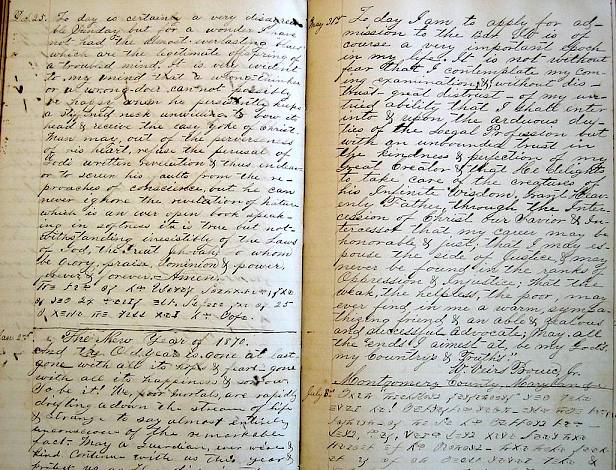
Mariners:
Explore the histories of missions to seamen in British ports.
This three year research project is funded by the UK Arts and Humanities Research Council (AH/W009803/1) and has two strands. The first explores the lives of British sailors and missions to seamen, while the second looks at lascars - the mostly South Asian seafarers who became an increasingly significant labour force within the merchant marine throughout the nineteenth century.
We are proud to be partnering with the Anglican Mission to Seafarers and the Hull History Centre, who hold their archives.

The marine mission movement touched almost every British and colonial port. This project focuses on just four port cities: Bristol, Liverpool, Hull and London.

The long nineteenth century was a remarkable time to be a mariner in Britain. As Britain’s navy, merchant marine and fishing fleets secured the global dominion of the empire, it also transformed as it drew upon labour from a global workforce.

The Great Hall at the Strangers' Home West India Dock Road, The Graphic, 1889.
This project engages with two groups of marine workers: 'British' sailors, which often included other Europeans, and the non-European sailors known as 'lascars'.

James Holland, The Mission Cutter Eirene, Bristol Channel, 1843.
This section highlights the ways that religion, race and class moderated the experiences of sailors afloat and on shore through agents such as missions to seamen, sailors’ homes and maritime enterprises.
Featured Stories

The foundation stone for The Strangers’ Home for Asiatics, Africans and South Sea Islanders was laid by Prince Albert on 31 May 1856.

Working seamen lived dangerous and peripatetic lives which left families and dependants unprotected. Orphanages were created to provide opportunities for those left behind.